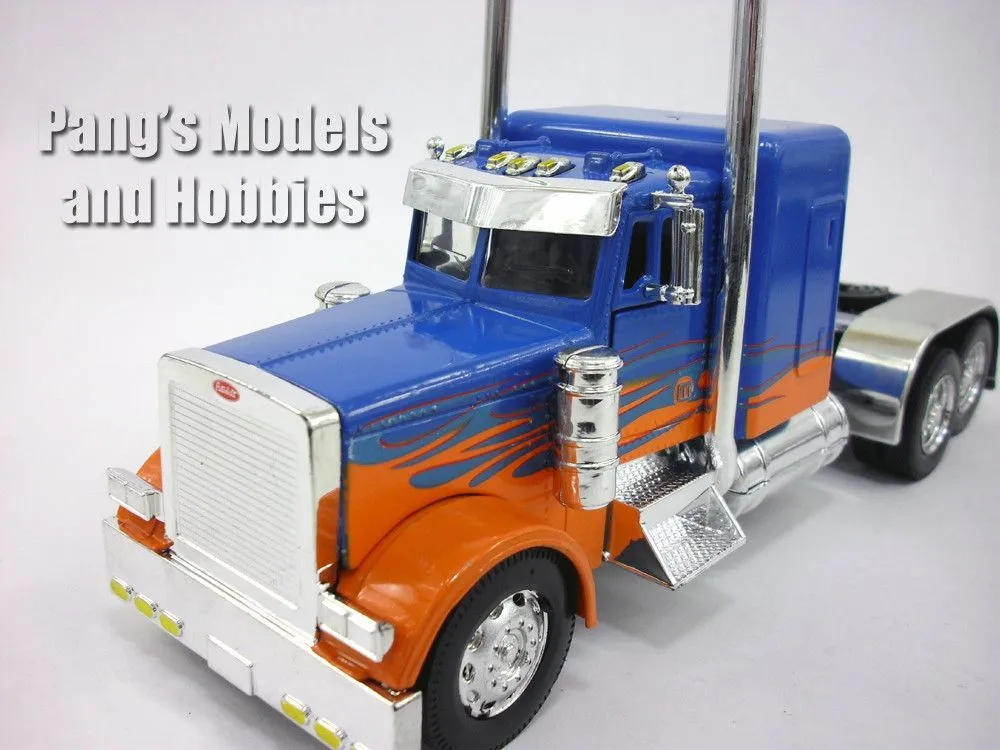Top 5 Features of the Diecast Peterbilt 379
The diecast Peterbilt 379 is a highly sought-after model among truck enthusiasts and collectors. Its appeal lies in its detailed replication of the iconic Peterbilt 379, known for its classic design and powerful presence on the road. These miniature versions capture the essence of the original, offering a tangible piece of trucking history. This article highlights the top five features that make the diecast Peterbilt 379 a must-have for any collector or admirer of these magnificent machines. Understanding these features can help you appreciate the craftsmanship and value of these models.
Authentic Detailing
One of the most impressive aspects of the diecast Peterbilt 379 is its authentic detailing. Manufacturers go to great lengths to replicate every aspect of the real truck, from the exterior design to the interior features. This includes accurately representing the shape of the cab, the hood, the fenders, and the grille. The level of detail extends to the various components and accessories, such as the mirrors, lights, and exhaust stacks. The meticulous attention to detail is what truly sets these models apart, making them highly realistic and visually appealing. Collectors often examine these details closely, appreciating the craftsmanship involved in creating such intricate miniatures.
Cabin Interior Details
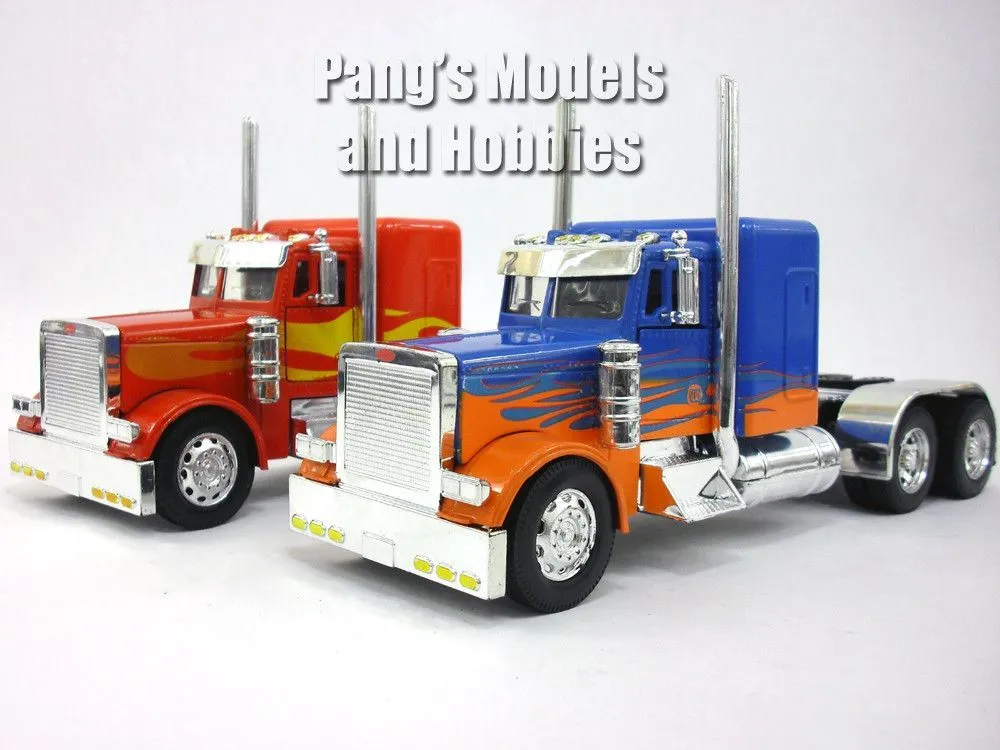
The cabin interior details of a diecast Peterbilt 379 are often meticulously recreated, offering a glimpse into the driver’s environment. This includes accurate representations of the dashboard, steering wheel, seats, and even the gearshift. Some models also feature additional details such as the gauges, radio, and other controls found inside the cab. These interior details are crucial for adding realism to the model. This further enhances the overall appeal and value of the diecast Peterbilt 379, making it a miniature masterpiece.
Engine and Chassis Replication
Beyond the visible parts of the truck, the engine and chassis of diecast Peterbilt 379 models often receive significant attention. Manufacturers strive to replicate the engine’s appearance, including components like the engine block, air filters, and various hoses and wires. The chassis detailing includes elements such as the fuel tanks, axles, and suspension. These elements not only enhance the model’s realism but also allow collectors to appreciate the complex engineering that goes into these trucks. A well-detailed engine and chassis can significantly increase the value and appeal of a diecast Peterbilt 379.
Realistic Paint Job
The paint job on a diecast Peterbilt 379 plays a vital role in its overall appearance. Manufacturers use high-quality paints and apply them with precision to mimic the original truck’s finish. This includes the correct colors, glossy or matte finishes, and the application of any graphics or logos. The paint job is often complemented by detailed decals that add additional realism to the model. A well-executed paint job can make a significant difference in the model’s overall aesthetic appeal and value, attracting collectors and enthusiasts alike. The paint not only provides visual accuracy but also protects the metal beneath, adding to the model’s longevity.
Rolling Wheels and Functionality
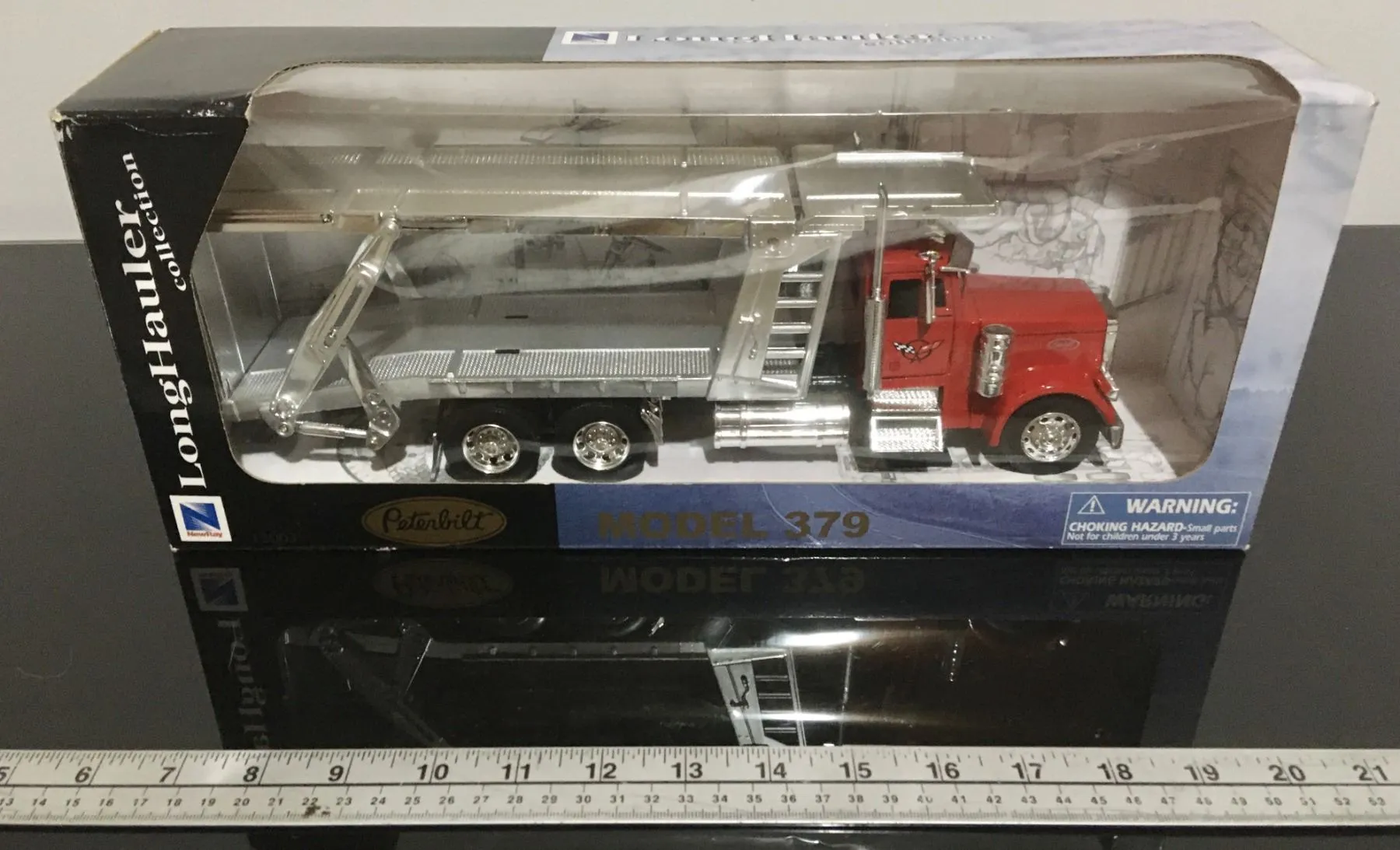
Many diecast Peterbilt 379 models feature rolling wheels, adding a sense of realism and playability. These wheels allow the model to be moved around, mimicking the movement of a real truck. Some models also feature functional components, such as opening doors or hoods, further enhancing the interactive experience. This functionality not only adds to the enjoyment of owning the model but also allows for a closer inspection of the interior and engine details. The inclusion of rolling wheels and other functional elements adds value and appeal to the diecast Peterbilt 379.
Scale and Size
Diecast Peterbilt 379 models are available in various scales, each offering a different level of detail and size. The scale determines the ratio between the model’s dimensions and the real truck’s dimensions. Common scales include 1:64, 1:50, and 1:32, among others. Each scale offers a unique experience, from the compact size of the 1:64 models to the larger and more detailed 1:32 models. The choice of scale often depends on the collector’s preferences, available display space, and budget. Understanding the different scales is crucial for selecting the right diecast Peterbilt 379 model for your collection.
Common Scales
Several scales are popular among diecast Peterbilt 379 collectors. The 1:64 scale is a common choice for its affordability and small size, making it easy to collect and display multiple models. The 1:50 scale offers a good balance between detail and size, providing a more comprehensive representation of the truck’s features. Larger scales, such as 1:32, allow for more intricate detailing and functional elements, attracting serious collectors. The 1:24 scale is another popular choice, offering even more detail and often featuring opening doors and hoods. The choice of scale also depends on personal preference and the desired level of detail.
Benefits of Various Scales
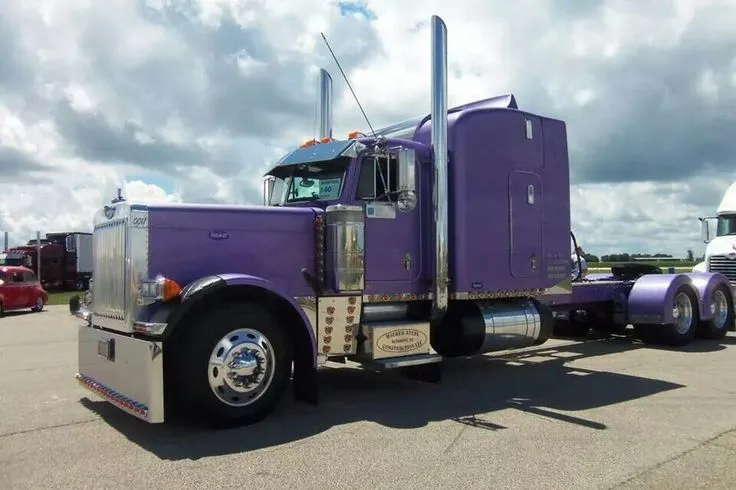
Each scale of the diecast Peterbilt 379 offers unique benefits. Smaller scales, like 1:64, are ideal for building a large collection without requiring extensive display space. They are often more affordable, making them a good option for those new to collecting. Larger scales, such as 1:32 or 1:24, provide a more detailed representation of the truck, allowing collectors to appreciate the intricate craftsmanship. They often feature functional parts and are highly sought after by serious collectors. The benefits of each scale depend on individual preferences, budget, and display space. Some collectors specialize in a single scale, while others collect across multiple scales to enjoy the different experiences each offers.
Material and Build Quality
The material and build quality of a diecast Peterbilt 379 are crucial factors that determine its durability and overall value. Most models are made using die-cast metal, a process that involves injecting molten metal into a mold. This process allows for intricate detailing and a high level of precision. The quality of the metal and the construction techniques used directly impact the model’s longevity and its ability to withstand wear and tear. Collectors often prioritize models with high-quality materials and construction, as they are more likely to retain their value over time.
Die-cast Metal vs. Plastic
The primary material used in diecast Peterbilt 379 models is die-cast metal, usually a zinc alloy. This material provides a good balance of strength, durability, and detail, allowing for the creation of highly realistic models. Some models may also incorporate plastic components, especially for parts like the interior, tires, or smaller accessories. While plastic can offer certain advantages, such as flexibility and affordability, die-cast metal generally provides a higher level of detail and a more premium feel. Collectors often prefer die-cast metal models for their superior durability and the overall quality of the finish. The blend of materials is often a balance between cost, detail, and functionality.
Durability and Lifespan
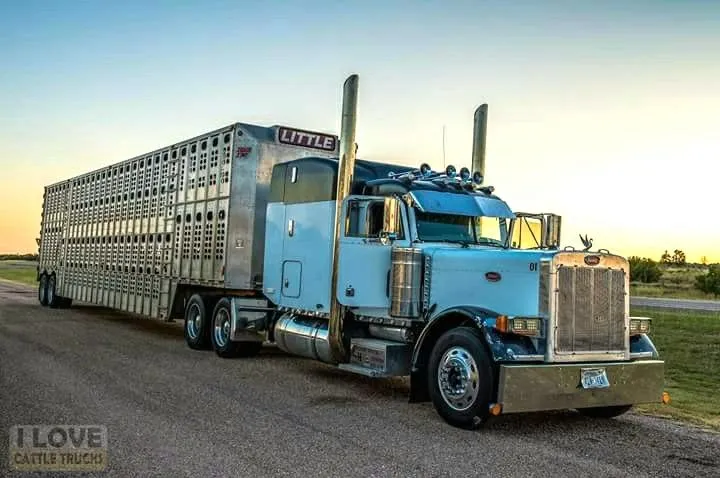
The durability and lifespan of a diecast Peterbilt 379 depend on the materials used and the quality of the construction. Die-cast metal models are generally very durable and can withstand regular handling and display. Proper care, such as storing the model in a dust-free environment and avoiding direct sunlight, can significantly extend its lifespan. Models with high-quality paint jobs and well-constructed components are less likely to suffer from wear and tear. Collectors often invest in cases or display cabinets to protect their models from dust and damage, ensuring they remain in pristine condition for years to come.
Rarity and Collectibility
The rarity and collectibility of a diecast Peterbilt 379 are significant factors that influence its value. Limited-edition models, those produced in small quantities, are particularly sought after by collectors. These models often feature unique paint schemes, special details, or are released to commemorate specific events. The scarcity of a model increases its desirability and value. Collectors often actively seek out rare models to complete their collections. The overall collectibility is also affected by factors such as the model’s condition, the reputation of the manufacturer, and the model’s historical significance. Understanding these factors can help collectors identify valuable and desirable models.
Limited Editions
Limited-edition diecast Peterbilt 379 models are highly prized by collectors. These models are produced in limited quantities, making them more exclusive and valuable. They often feature unique paint schemes, special details, or are released to commemorate special events. The scarcity of these models drives up their desirability and value, making them a valuable addition to any collection. Collectors often actively seek out limited editions, participating in auctions and monitoring online markets to acquire these rare pieces. The identification of a limited-edition model is usually confirmed by a certificate of authenticity, ensuring its provenance and value.
Factors Influencing Value
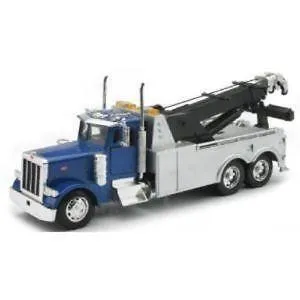
Several factors influence the value of a diecast Peterbilt 379. Rarity is a primary factor, with limited-edition models commanding higher prices. The model’s condition is also critical, with models in pristine condition being more valuable. The original packaging and any accompanying documentation can significantly increase the value. The reputation of the manufacturer, the accuracy of the detailing, and the historical significance of the model also influence its worth. Market demand and current collector trends also play a role. Collectors should research these factors to determine the value of a specific model and assess its potential for appreciation.
Where to Buy a Diecast Peterbilt 379
Finding a diecast Peterbilt 379 model can be an exciting part of the collecting process. There are several avenues available to acquire these models, each with its own advantages. Online retailers, specialty shops, and collector’s markets offer diverse selections, allowing enthusiasts to explore various options and find the perfect model to add to their collection. Researching the options and comparing prices is crucial for finding a high-quality model at a reasonable price. The best place to buy depends on individual preferences, budget, and the specific model sought.
Online Retailers
Online retailers offer a convenient and wide-ranging selection of diecast Peterbilt 379 models. Major online marketplaces like Amazon and eBay provide access to a vast array of models from various sellers. Specialty diecast model retailers also have online stores, offering curated selections and detailed product information. These platforms allow collectors to browse, compare prices, and read reviews before making a purchase. The ability to buy from the comfort of your home and the convenience of home delivery make online retailers a popular choice for many collectors. Before buying, always check the seller’s ratings and return policies.
Specialty Diecast Shops
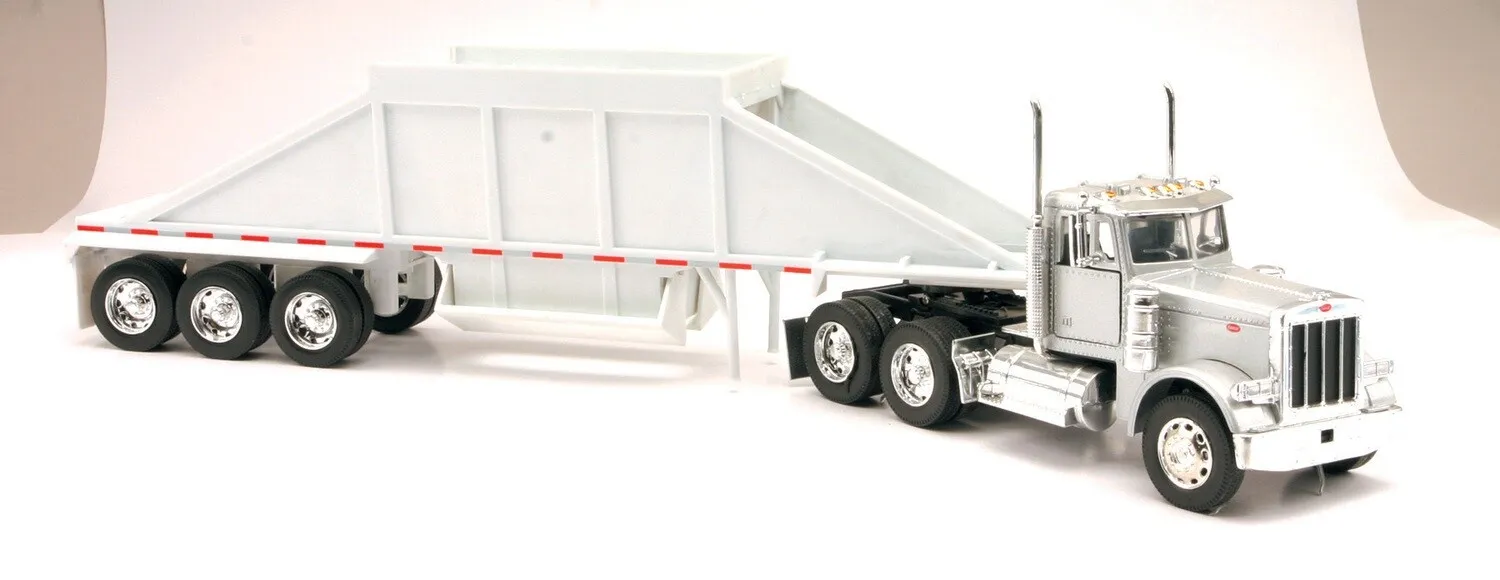
Specialty diecast shops offer a more curated experience for collectors seeking diecast Peterbilt 379 models. These shops often specialize in model trucks and have knowledgeable staff who can provide expert advice. They often have a selection of models that may not be readily available through online retailers. Visiting a specialty shop allows collectors to examine the models in person, assess their details, and ensure they meet their quality standards. The staff can also offer insights into model history, value, and rarity. The opportunity to handle the models and discuss them with experts makes these shops a valuable resource for serious collectors.
Auctions and Collector’s Markets
Auctions and collector’s markets can provide unique opportunities to acquire diecast Peterbilt 379 models. Auctions, both online and in person, offer the chance to bid on rare or limited-edition models. Collector’s markets often host sellers offering a wide variety of models, including those not available elsewhere. These avenues can be excellent for finding unique models, but they often require research and a good understanding of model values. Collectors should research the models and the sellers before participating in an auction or making a purchase. The thrill of the chase and the possibility of finding a rare model makes these options appealing to many collectors.
